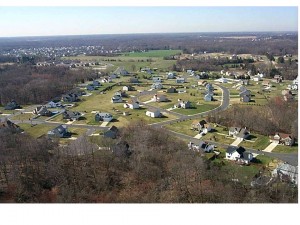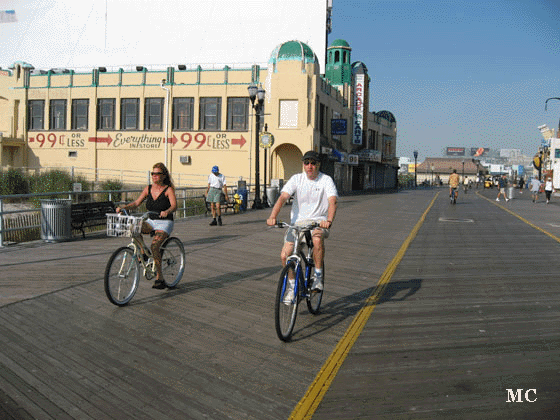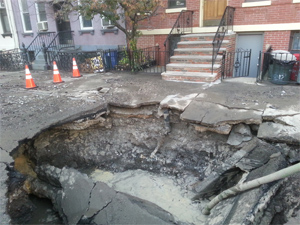New Jersey Future Blog
Proposal Would Reverse Policy of Targeting Energy-Efficiency Incentives to Smart-Growth Areas
October 12th, 2011 by Chris Sturm
Last week, the Board of Public Utilities’ Office of Clean Energy issued a proposal that would reverse its policy of targeting energy-efficiency incentives to smart-growth areas — places located near existing cities, towns and suburbs — and away from farmland and natural areas, as identified in New Jersey’s State Development and Redevelopment Plan.
Encouraging home construction in smart-growth areas makes sense from the perspective of energy use. Residents in these areas typically drive less, since destinations are closer and people often have the option to use transit, walk or bike. Promoting development in smart-growth areas also helps spur economic growth and create jobs without harming clean water, farmland and other natural assets.
If meeting Energy Star standards in non-smart-growth areas is becoming more popular on its own, it begs the question: Why provide a subsidy, given that growth in those locations has negative consequences?
The three Office of Clean Energy programs in question — Residential New Construction, Commercial and Industrial New Construction and Pay-for-Performance New Construction — help cover the cost difference between standard and high-efficiency construction, equipment and appliances in smart growth areas. In calendar year 2010, these programs spent or committed a total of $36 million for such subsidies.
The largest program, the Residential New Construction program, covers the upgrades needed to make homes compliant with the national Energy Star Homes standards. Roughly 3,900 newly constructed housing units in smart-growth areas participated annually between 2008 and 2010.
Outside of smart-growth areas, a growing number of housing units were also certified as compliant with Energy Star, from 272 in 2008 to 126 in 2009 to 770 in 2010 and 647 so far in 2011, even though no subsidy was provided. If meeting Energy Star standards in non-smart-growth areas is becoming more popular on its own, it begs the question: Why provide a subsidy, given that growth in those locations has negative consequences?
The BPU’s energy-efficiency programs don’t prevent people from developing land or living and working in the state’s rural areas. But they have represented a commitment not to subsidize development that causes sprawl, increases traffic and gobbles up open space — protecting the other ratepayers who ultimately foot the bill. With shrinking state resources, it’s time to get more strategic, not less.
What do you think? The Office of Clean Energy is soliciting comments until Oct. 14 before submitting its recommendations to the BPU, which will decide whether to consider such a policy change.

















